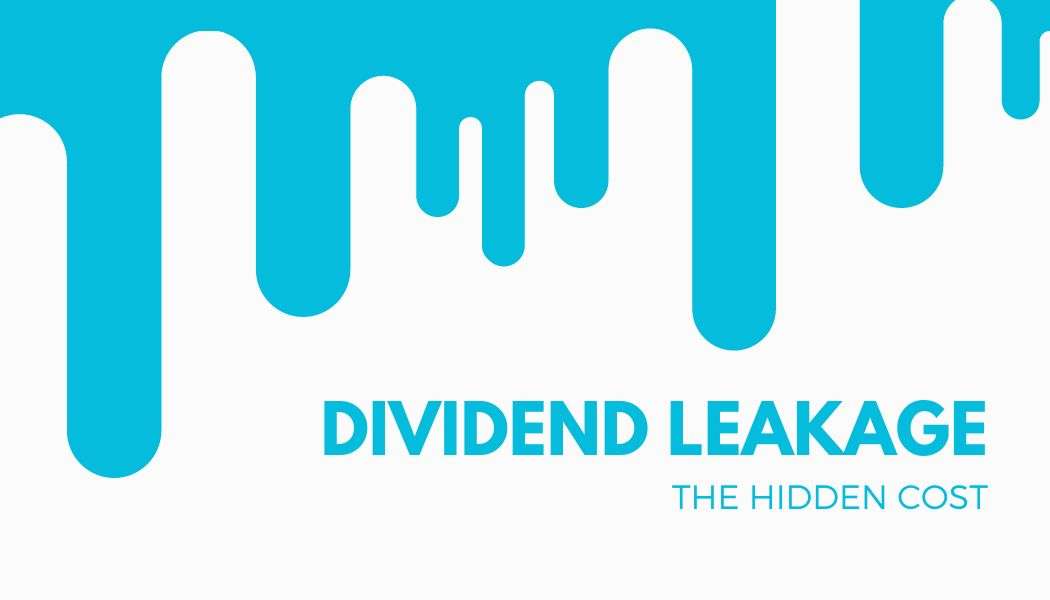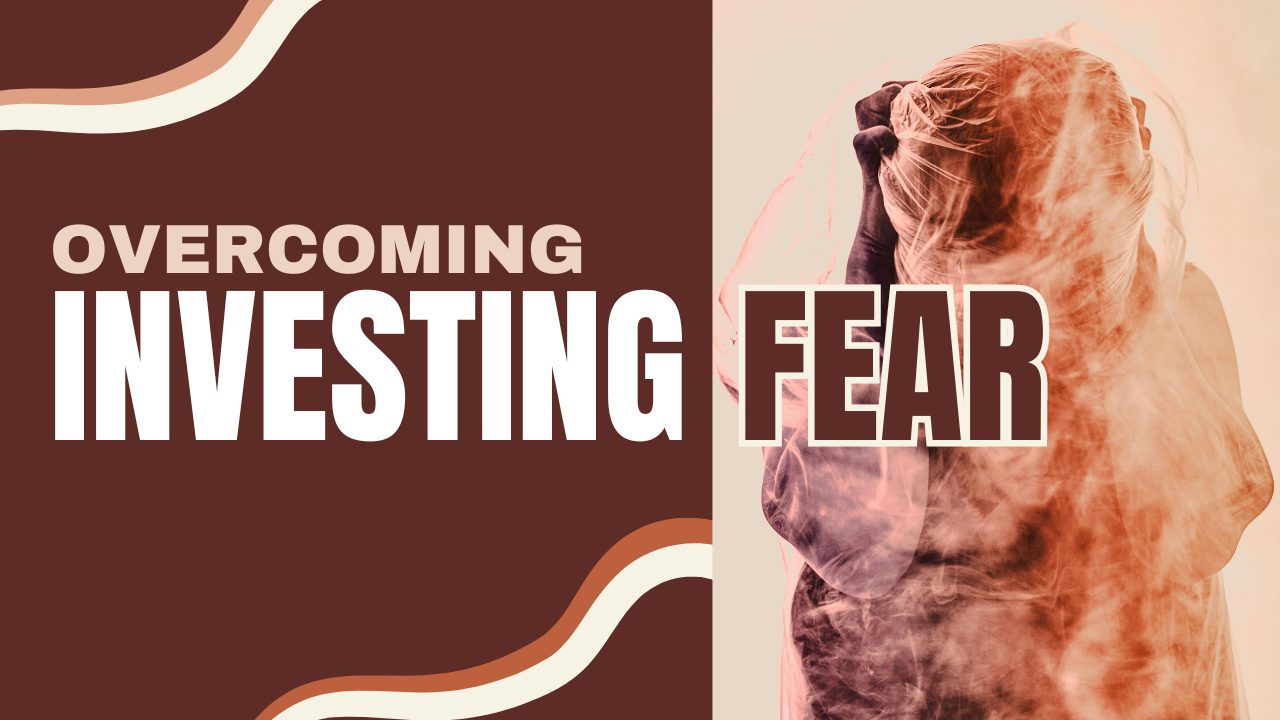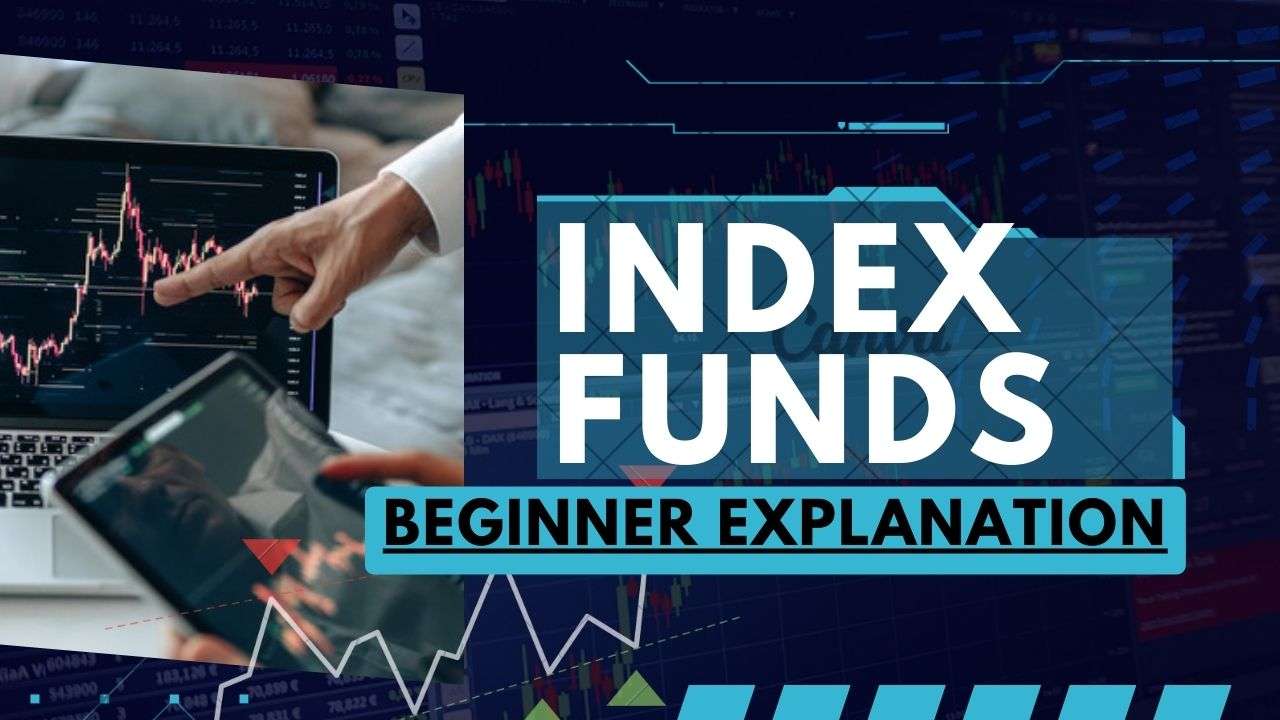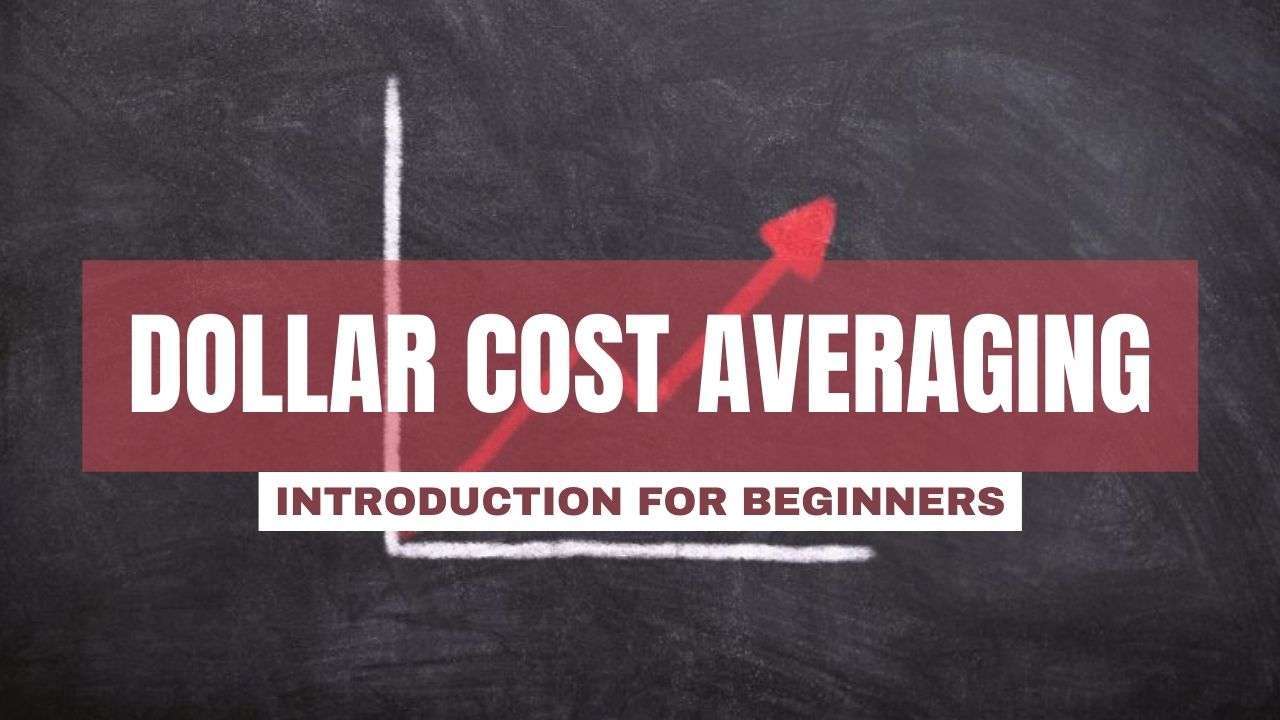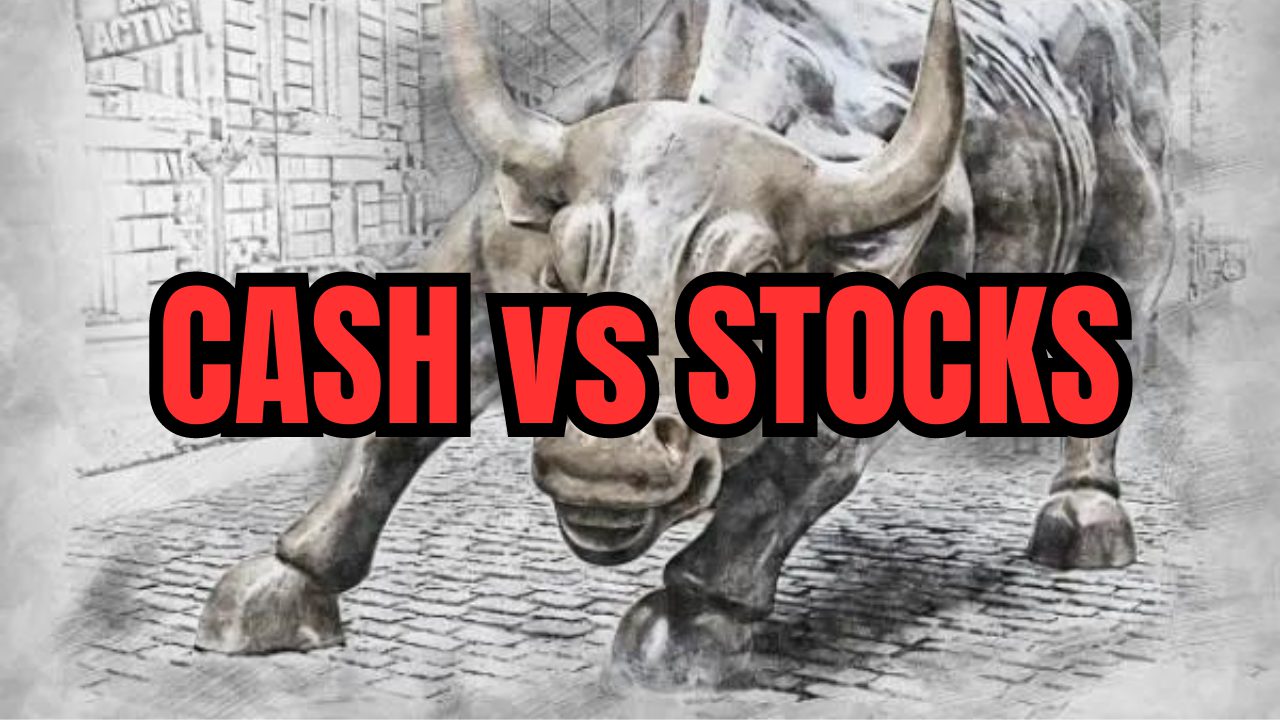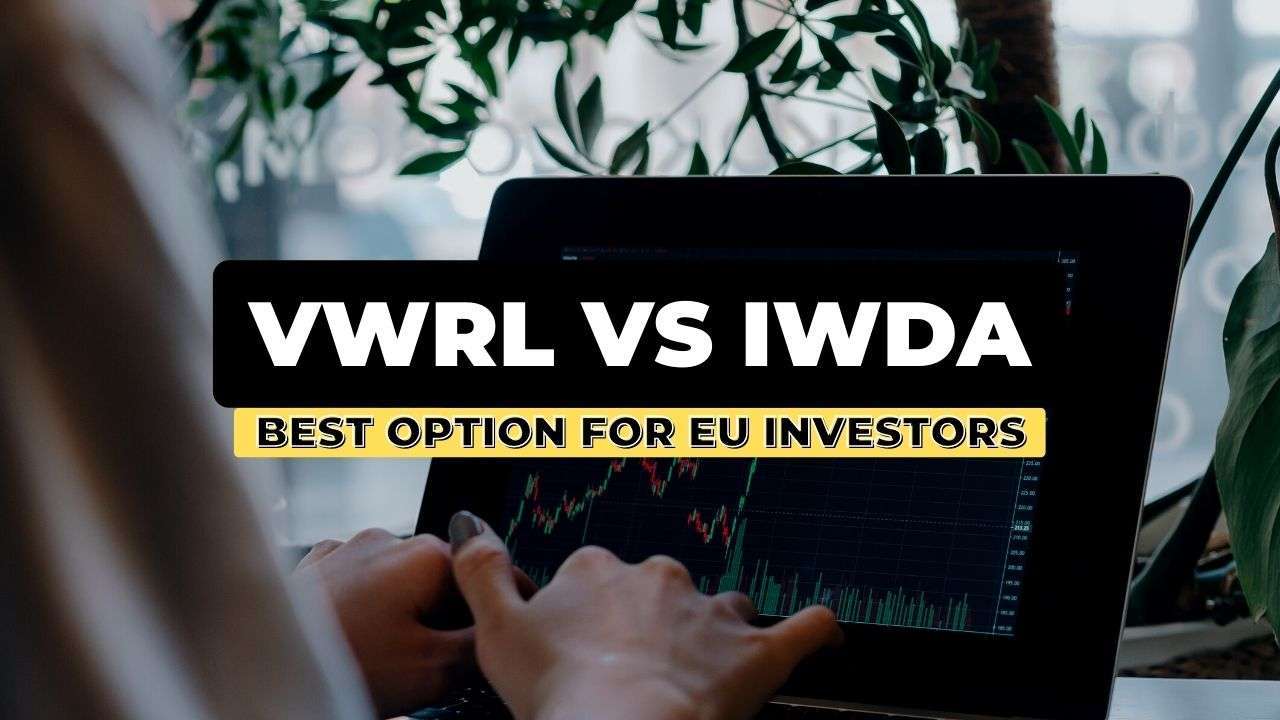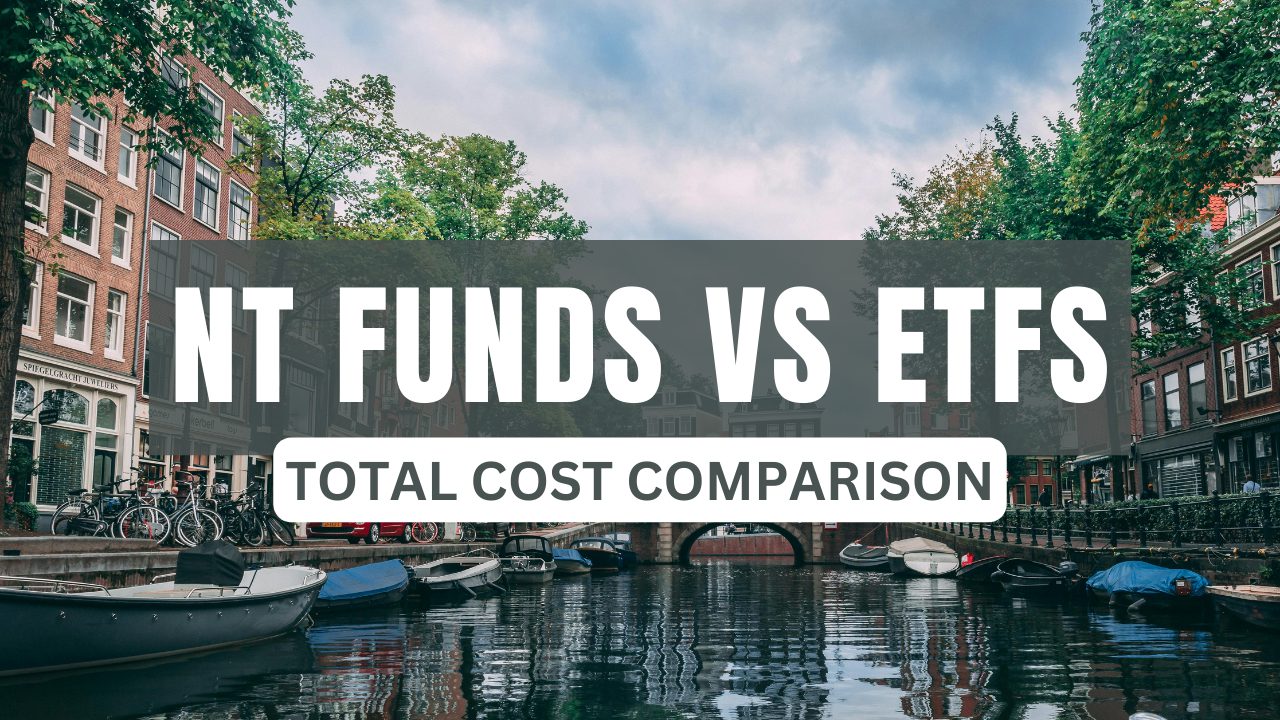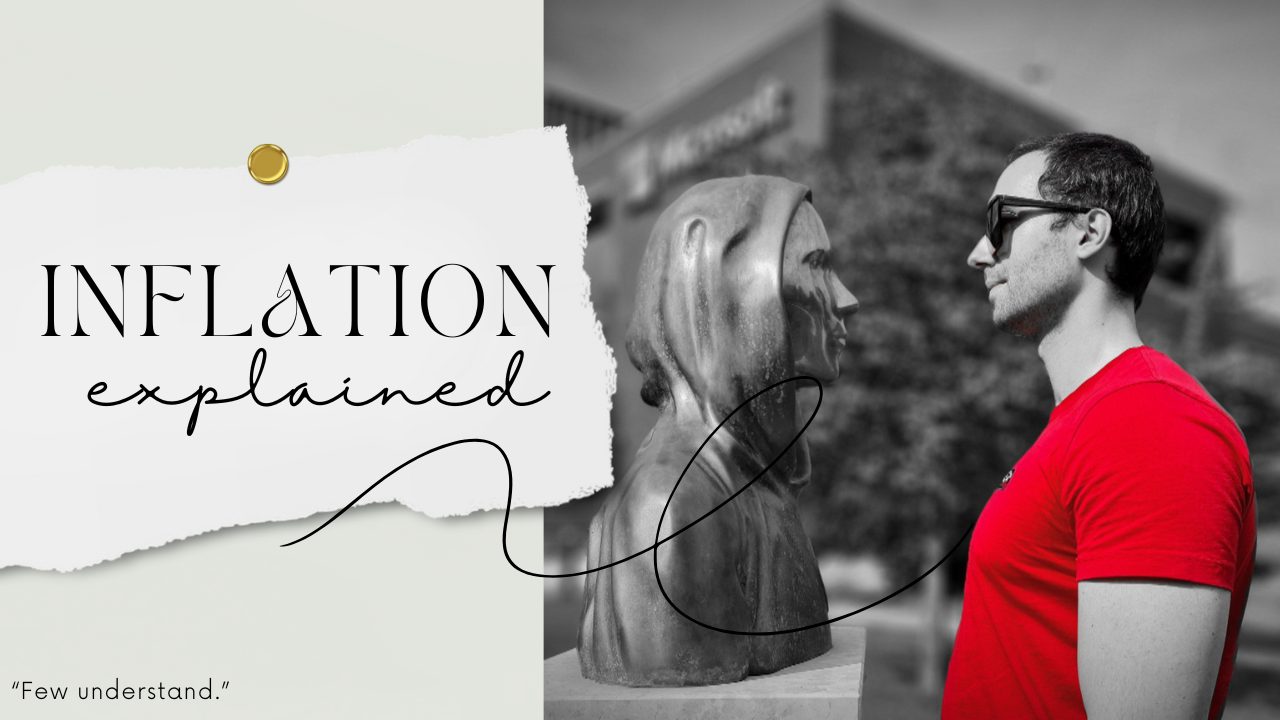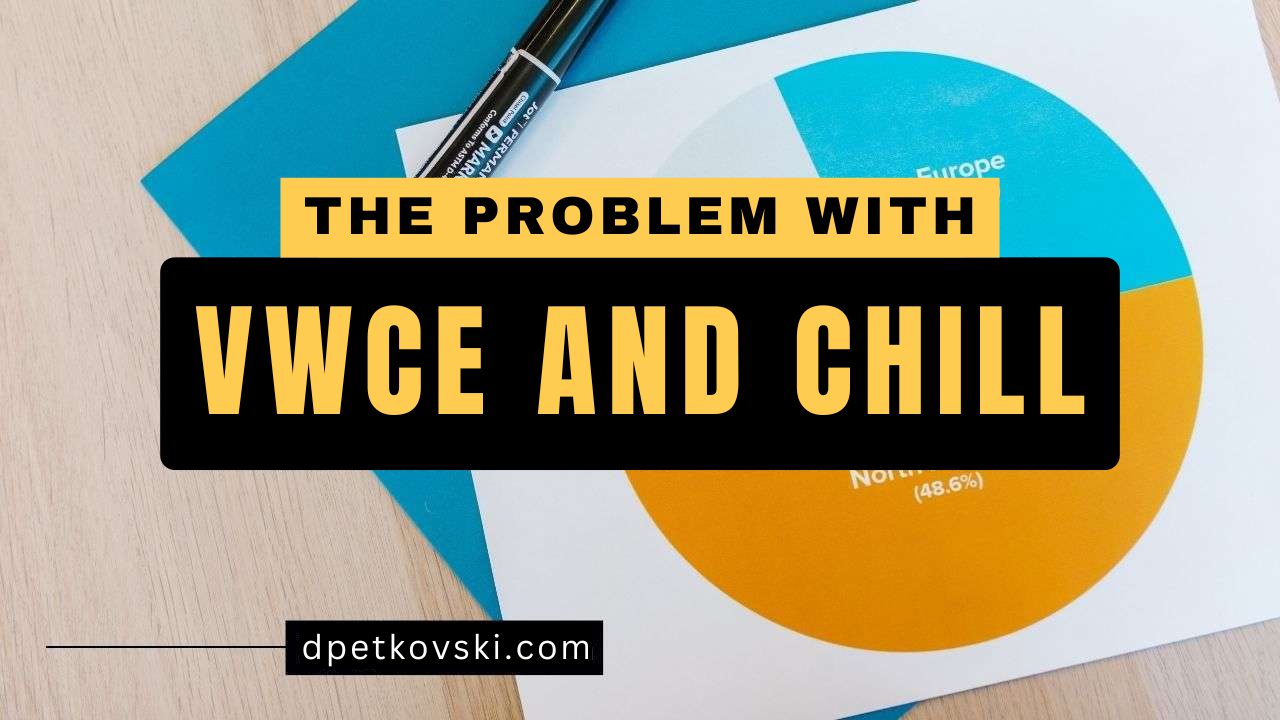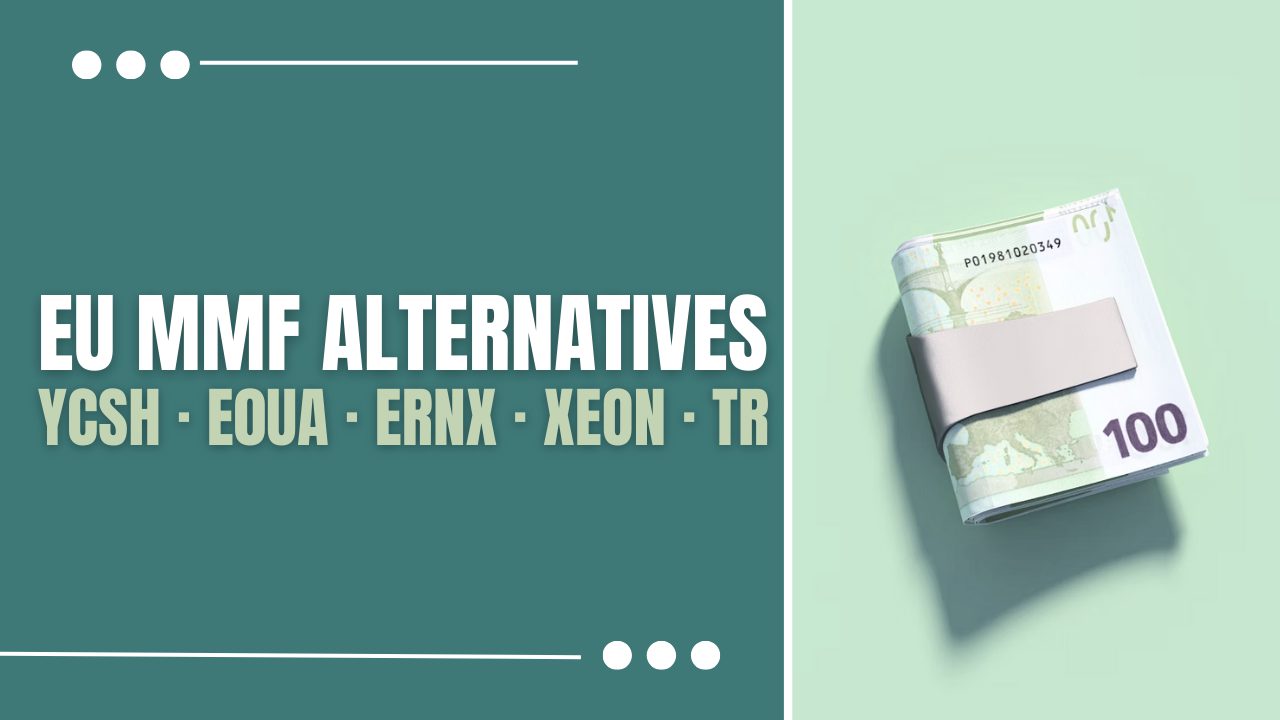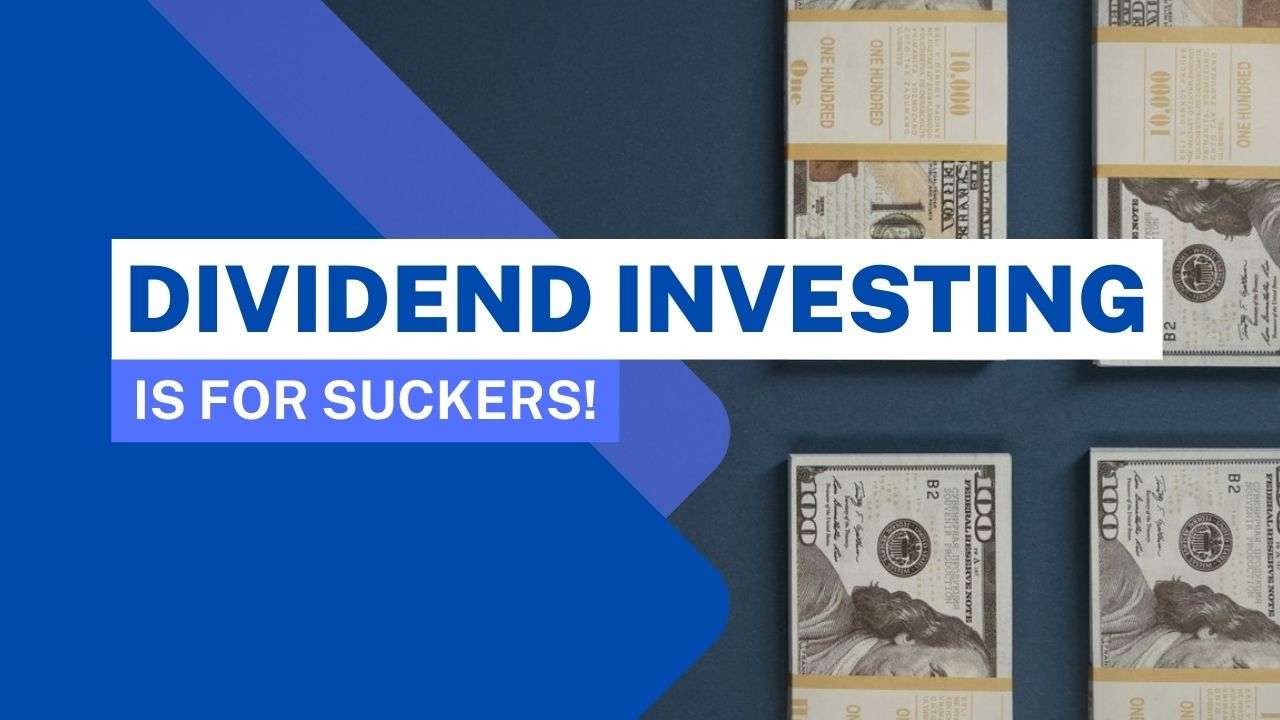
Dividend investing is quite popular in “passive income” communities.
But I often notice that many enthusiasts don’t understand how dividends work, which leads them to unnecessary losses.
In this post, I’ll explain why dividend investing is not adequate for most investors.
Let’s start at the beginning: what are dividends?
What are Dividends?
Dividends are distributions from the company’s profits to the company’s shareholders.
How Do Dividends Work?
When a company pays out dividends, its market capitalization decreases by the total amount distributed to shareholders.
If you think about what a dividend is, this makes perfect sense:
1) The company did well and realized profit.

2) The company distributes part of the profits to shareholders.
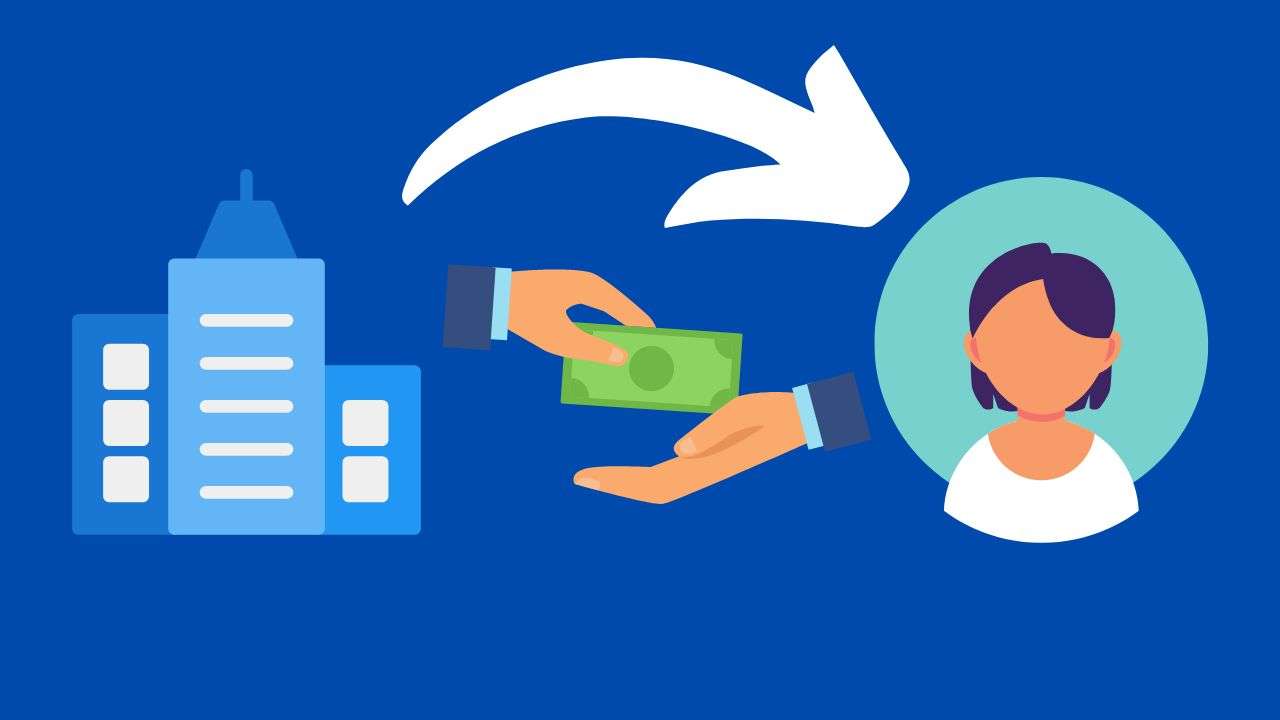
3) After the payout, this money belongs to the shareholders, not to the company.

Before proceeding, let me clarify that I’m not dogmatically against dividend investing in general. I think there is time and place for a dividend-focused investment strategy – but it’s not for everyone.
The Case Against Dividend Investing
If the last section wasn’t an eye-opening experience, let me break it down for you:
A company had a great year and its price-per-share rose.
As a shareholder, this increase in price is reflected in your portfolio. Let’s say your net-worth is now exactly $100k.
You receive your dividends, let’s say a total of $5,000… And nothing changes. Your net-worth is still $100k.
How come? 🤯
Well, it’s not “passive income”. It’s an amount you had anyway.
Previously, it was in the company. Now, it’s paid to you in cash. If it weren’t, it would’ve still been a part of the company’s value.
With that said, below are my top arguments against the modern way of dividend investing:
1) Better Alternatives For More Money
This point is targeted at dividend investors that have jobs and invest part of their income.
Apparently, these investors are already able to save a sufficient part of their salary. That’s why they’re looking to invest the surplus. So the most important question arises:
Why do you need extra cash?
Cash is what you’re trying to get rid of in the first place – that’s why you’re taking the risk of investing.
If, after everything you’ve read, you’re still mistaking dividends for passive/extra/side income, here’s my honest recommendation:
If you need more money on monthly basis, invest less.
It’s that simple – just save the portion you need. This way, you’ll still have it readily available for spending, you’ll have no risk of losses, and the government won’t bother you for its share.
2) The Tax Burden of Dividend Investing
Now that you received a dividend, you have a tax obligation.
For most people, this is somewhere in the range of 10-30%.
Congratulations! You just shared a part of your portfolio with the government, completely unnecessarily.
3) Forced Selling
Receiving dividends is equivalent to selling.
If you understood what dividends are, this will be as clear as day. The company has its payout schedule. And regardless whether you need the money or not, you’re receiving cash on that day.
In a way, this forces a liquidation of a part of your investment every quarter. And now you have more of the asset you were trying to get rid of in the first place – cash.
The worst part?
This means that your investments continuously lose 2-5% of their value. Check out this post to see the consequence of just a 1% difference in yearly performance over the years.
4) Reinvesting the Dividends
The passive income crowd usually reinvests the dividends.
But again, dividends don’t materialize into investors’ accounts. Those amounts come from what could have been the value of your investment.
So instead of receiving a dividend just to reinvest it, maybe don’t obsess with earning it in the first place. Pick your investments based on the businesses you like to own, not the ones that pay the highest dividend.
Don’t get me wrong though, a company with a track-record of stable dividend distributions is probably a good long-term buy. It’s actually something that can generate reliable cash-flow in retirement.
So I’m not saying “avoid dividend-paying companies”.
I’m saying avoid analysis that’s mainly focused on dividend yield.
Dividend Investing Analysis
Since the dividends are distributed from the company’s profits, they signify its success.
Actually, only continuously profitable companies can afford to pay dividends.
But the dividend yield itself still doesn’t tell us much about the business.
For example, we know that when a company increases its dividends, it means it’s doing great. But would you buy a stock with a payout ratio of 100%?
And this brings me to the reminder many aspiring dividend investors need:
You’re buying a business, not a certificate of deposit.
A company can fully reinvest the profits and still be a great buy. Imagine if a highly successful growth-stock gave half of their profits to you instead of using it to scale further…
Nevertheless, dividend data can tell us a lot about a business. But an analysis that solely consists of checking the dividend yield on a quest for “passive income” is…
How to put this…
Inadequate.
To learn how to invest in the stock market the right way, visit my comprehensive and free resource: How to Start Investing: A Complete Beginner Series.
 Husband & Father
Husband & Father  Software Engineer
Software Engineer 

